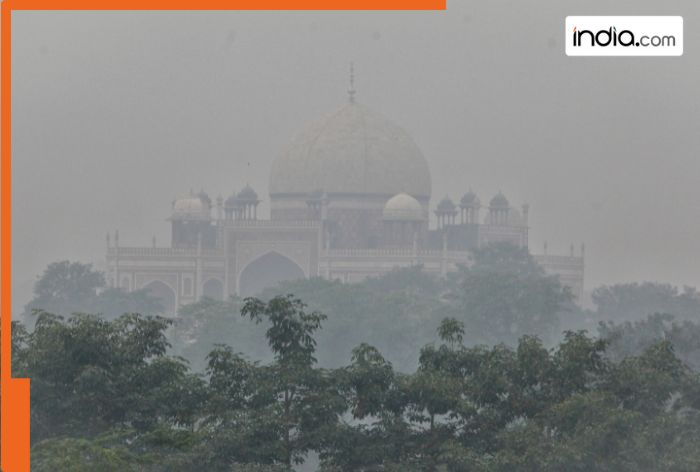Delhi AQI today, Nov 4: Smog blanket engulfs Delhi as pollution hits ‘severe’ in many areas; Alipur, Jahangirpuri, Wazirpur among most polluted with over 400 AQI
According to data from the Sameer app, Delhi’s overall AQI stood at 309, placing it in the ‘very poor’ category. Alipur recorded the worst air quality at 421, while Sri Aurobindo Marg reported the cleanest air in the city with an AQI of 152 (‘moderate’ category).

A thick layer of smog continued to cover Delhi on Tuesday as the city’s air quality remained in the ‘very poor’ category for the third straight day, recording an Air Quality Index (AQI) of 309, according to the Central Pollution Control Board (CPCB). Data from the CPCB’s Sameer app showed that Alipur (421), Jahangirpuri (404) and Wazirpur (404) were the most polluted areas, with AQI levels falling into the ‘severe’ category.
About 14 of the station recorded air quality in the ‘very poor’ category. Sirifort and Pusa, on the other hand, recorded ‘poor’ air quality, with the CPCB data showing AQIs of 297 and 278, respectively.
As per CPCB standards, an AQI between 0-50 is ‘good’, 51-100 ‘satisfactory’, 101-200 ‘moderate’, 201-300 ‘poor’, 301-400 ‘very poor’, and 401-500 ‘severe’.
Air quality across the National Capital Region (NCR) worsened on Tuesday, slipping into the ‘very poor’ category, according to data from the CPCB. At Vikas Sadan in Delhi, the Air Quality Index (AQI) was recorded at 314 as of 7 a.m.
In Ghaziabad, the overall air quality also remained ‘very poor’ with an AQI of 334, while the Loni monitoring station reported pollution levels in the ‘severe’ category, recording a high of 420.
Meanwhile, Greater Noida and Noida logged AQI levels of 339 and 342, respectively, indicating persistently poor air quality across the region.
Delhi’s air quality remained in the ‘very poor’ category for the third straight day on Monday, though stronger daytime winds brought slight relief, according to the Central Pollution Control Board (CPCB). The 24-hour average Air Quality Index (AQI) was 309 at 4 p.m., compared to 366 a day earlier, indicating a small improvement.
However, forecasts suggest that this relief may not last long. A western disturbance approaching the region is likely to reduce wind speed and raise humidity levels from Tuesday, leading to stagnant air conditions that could cause pollutants to accumulate once again.
What's Your Reaction?





















































